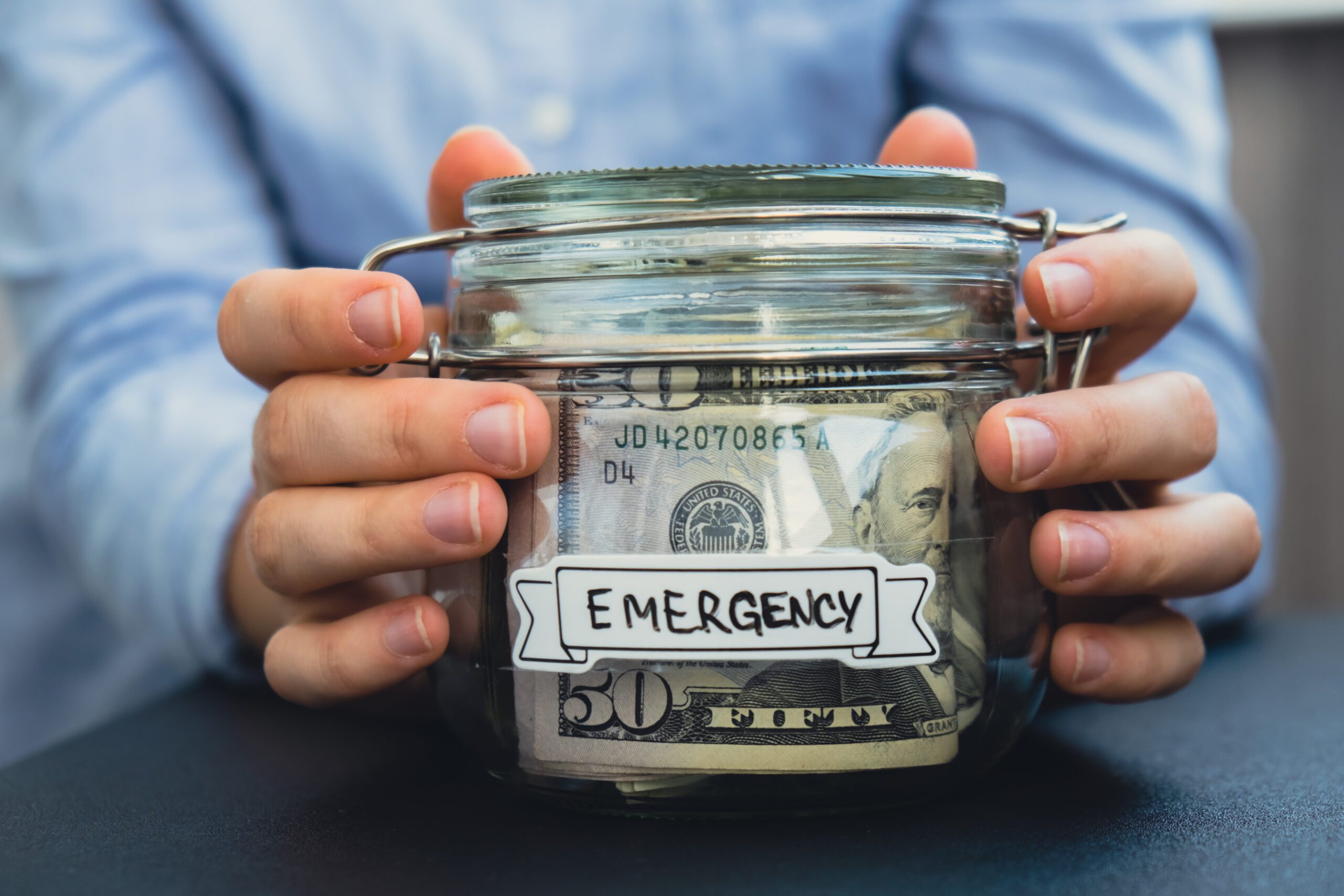
Last Updated on May 5, 2025 by KashKick Crew
Imagine you’re cruising through life, everything’s going great, and then—BAM!—your car breaks down, or an unexpected medical bill hits your inbox. These moments can feel like a punch to the gut, especially if you’re unprepared. But what if you had a safety net, a financial cushion that makes life’s little surprises feel like mere bumps in the road? Enter the Emergency Fund, your personal financial superhero!
Why You Need an Emergency Fund
Let’s be real—life is full of unexpected twists and turns. An emergency fund is like your financial security blanket, ready to catch you when life throws a curveball. Whether it’s a job loss, a surprise bill, or an urgent home repair, having an emergency fund means you don’t have to reach for your credit card or dip into your savings. Instead, you’ve got a dedicated stash of cash that’s ready to save the day!
How Much Should You Save?
Now, you might be wondering, “How much is enough?” A good rule of thumb is to have three to six months’ worth of living expenses tucked away. But don’t let that number intimidate you! Start small. Even $500 can cover many unexpected expenses, like a car repair or a surprise vet bill. The key is to start building your fund as soon as possible, no matter how small the amount.
How to Build Your Emergency Fund
Building an emergency fund is easier than you think. Here’s a step-by-step guide to get you started:
1. Set a Goal: Decide how much you want to save. Start with a mini-goal, like $500, then aim for $1,000. Once you hit that, keep going!
2. Create a Budget: Review your monthly expenses and identify areas for savings. Do you really need to go to the coffee shop every day, or can you make your own at home? Every little bit helps!
3. Automate Your Savings: Set up an automatic transfer from your checking account to your savings account each month or when you get paid. It’s like paying yourself first, and you won’t even miss the money!
4. Find Extra Cash: Consider taking on a side gig, selling items you no longer need, or using cashback apps to boost your savings. All those little extras can add up quickly!
5. Stash the Cash: Keep your emergency fund in a high-yield savings or money market account. You want it to be easily accessible in an emergency but not so accessible that you’re tempted to dip into it for non-emergencies.
When do You Use Your Emergency Fund?
Your emergency fund is there for, well, emergencies! But what counts as an emergency? Here’s a quick checklist:
– Unexpected Medical Bills: If it’s not covered by insurance, it’s an emergency.
– Job Loss: If your income suddenly stops, you’ll need your emergency fund to cover living expenses.
– Urgent Home Repairs: If your roof leaks or your furnace dies in the middle of winter, you’ve got a legitimate emergency on your hands.
– Car Troubles: If your car is your primary mode of transportation and it breaks down, that’s an emergency.
– Vet Bills: If you have any furry friends, unexpected medical bills can come up for them, too! Keeping a stash will help ease the financial blow if something happens to your precious pets.
Remember, your emergency fund is not for vacations, new gadgets, or shopping sprees. Keep it sacred and only use it when you really need it.
Your Future Self Will Thank You—Build That Emergency Fund Now!
Building an emergency fund might not sound as thrilling as planning your next vacation, but the peace of mind it provides is priceless. When you know you’re prepared for whatever life throws your way, you can live more confidently, worry less, and focus on the things that truly matter. Why wait? Start building your emergency fund today—your future self will thank you!
